Cooking Fish the French Way
Fish, or poisson in French, plays a crucial role in French cuisine, offering a wide array of flavors and textures across the many species available from rivers, lakes, and especially the country's extensive coastline. French chefs, both in traditional and modern settings, place great emphasis on showcasing the freshness of the fish while complementing its flavors with sauces, herbs, and classic cooking techniques. The preparation of fish in France reflects a culture deeply rooted in regional diversity, a strong tradition of craftsmanship, and a respect for natural ingredients.
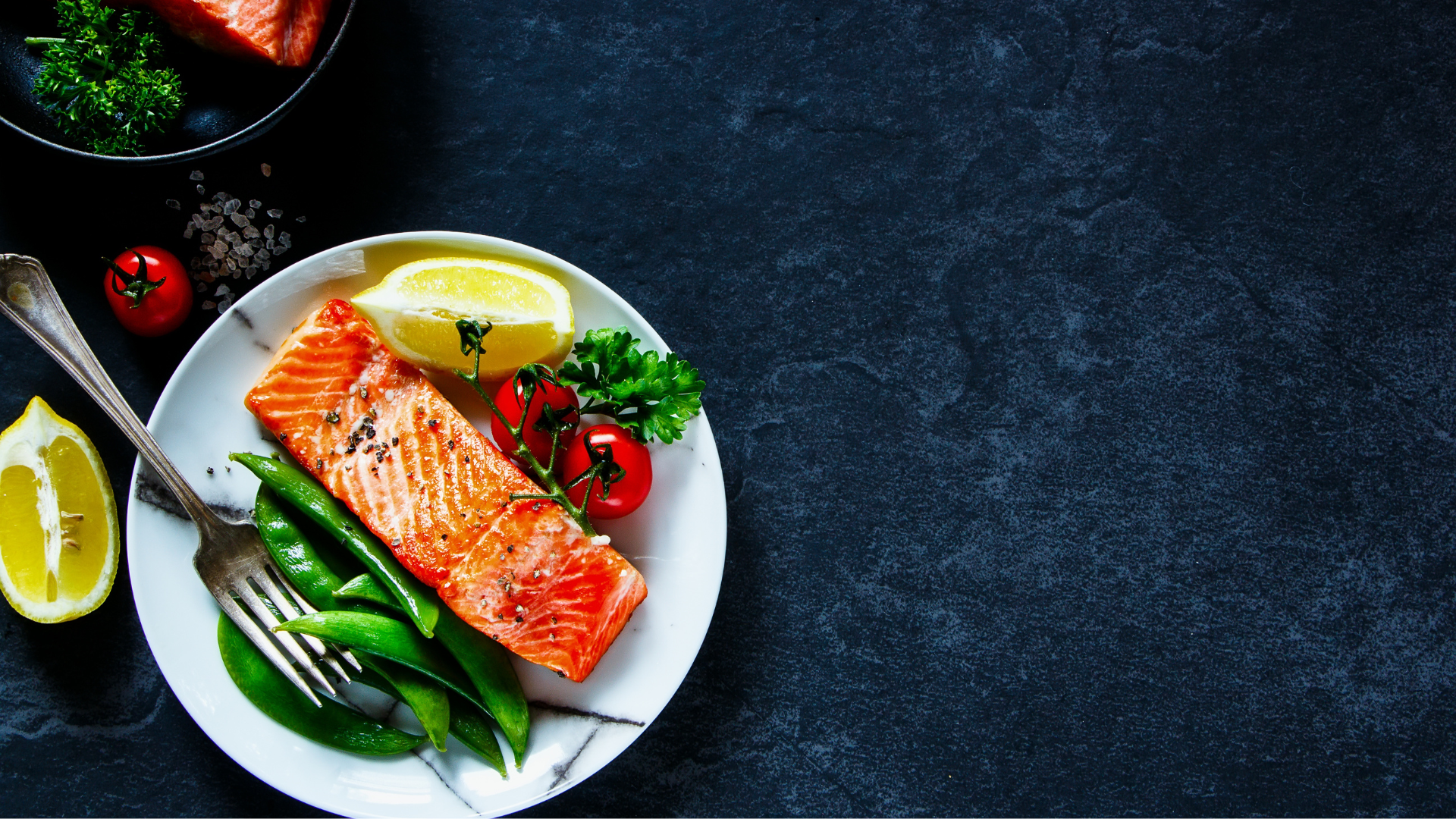
Roasted Salmon
A large piece of fresh salmon is excellent when roasted on a spit. Start by rubbing the salmon with salt, then baste it continuously with sweet oil or butter as it roasts.
For the sauce: In a saucepan, combine a small amount of parsley, a shallot or small onion, a few mushrooms, a piece of butter rolled in flour, pepper, salt, and a gill or more of white wine. Let the mixture boil for half an hour. Once done, strain it through a sieve and stir in a tablespoonful of olive oil. Serve this sauce with the roasted salmon.
Stewed Salmon
Pour half a pint of white wine into a stewpan and add sliced carrots, onions, mushrooms, pepper, salt, mace, and a bunch of chopped sweet herbs. Place a piece of fresh salmon into the pan and pour in additional wine to cover. Stew the salmon slowly for an hour or until done. Serve the salmon with the sauce from the pan, and accompany it with a boat of Sauce Mayonnaise.
To make Mayonnaise Sauce : In a small tureen, combine the yolks of two beaten eggs, a pinch of salt, Cayenne pepper, and a small amount of vinegar. Stir well. Gradually add two tablespoonfuls of sweet oil, one drop at a time, while continuously stirring. Once well mixed, slowly stir in more vinegar. It will take about 15 minutes of stirring to achieve a delicate consistency.
For a green Mayonnaise, add a bit of spinach juice, chopped parsley, or tarragon at the beginning when mixing the eggs.

Broiled Salmon
Cut several slices of fresh salmon and soak them for an hour in a mixture of sweet oil, chopped parsley, finely minced shallots, salt, and pepper.
After marinating, wrap each slice, along with the seasoning, in buttered paper. Broil the salmon on a gridiron until thoroughly cooked. Once done, remove the paper and serve the salmon with melted butter and capers.
This method can be used for other large fish as well.

Saumon à l’Oseille (Salmon with Sorrel Sauce)
Saumon à l’Oseille is a dish featuring salmon fillets served with a tangy sorrel (oseille) sauce. The sauce, made from sorrel leaves, cream, and white wine, has a sharp, lemony flavor that complements the richness of the salmon. This dish was made famous by the Troisgros brothers, renowned chefs from the Loire region, and it is a fine example of French nouvelle cuisine, which emphasizes fresh, high-quality ingredients and light, elegant sauces.
Bouillabaisse

Bouillabaisse is a fish stew, though it is often referred to as a soup. The distinction lies in the cooking method and ingredients.
Bouillabaisse is one of the most famous fish dishes in French cuisine, originating from the port city of Marseille in Provence. This traditional Provençal fish stew is made with various Mediterranean fish such as rascasse (scorpionfish), sea bass, monkfish, and mullet, along with shellfish like mussels and crabs. The stew is flavored with saffron, garlic, fennel, and tomatoes, giving it a rich and aromatic taste. It is traditionally served with rouille, a garlic and saffron-infused mayonnaise spread on toasted bread. Bouillabaisse is a rustic dish with roots in the fisherman community, where the catch of the day was cooked together in a communal pot.
So while it can seem soup-like, it is technically a stew because of the hearty seafood and vegetables.
Bouillabaisse has several regional and modern variations, each reflecting the local ingredients and culinary traditions of different areas. While the dish originated in Marseille, its concept has spread across France and beyond.

Mouclade (Mussels in Cream and Curry Sauce)
Although primarily a mussel dish, Mouclade reflects the use of seafood in French coastal cuisine. Originating from the Charente-Maritime region, it consists of mussels cooked in a creamy sauce flavored with curry powder and white wine. The subtle curry flavor, along with the richness of the cream, complements the briny taste of the mussels. This dish is a unique fusion of French flavors with a hint of exotic spice, reflecting the historical spice trade in coastal France.

Turbot au Champagne (Turbot in Champagne Sauce)
Turbot is a prized flatfish in French cuisine, known for its firm, white flesh. Turbot au Champagne is a luxurious dish where the turbot is poached or gently cooked and served with a sauce made from Champagne, cream, and sometimes caviar. This elegant dish is often served at special occasions or in fine dining restaurants, particularly in regions like Normandy or Brittany, where turbot is a specialty.

Truite aux Amandes (Trout with Almonds)
This dish features freshwater trout, usually from mountain regions like the Alps or Pyrenees, pan-fried and topped with toasted almonds. Truite aux Amandes is a simple but flavorful dish, with the delicate nuttiness of the almonds complementing the mild taste of the trout. The dish is often served with a lemon butter sauce and is a staple in French countryside cooking, especially in areas where rivers and lakes provide an abundance of trout.
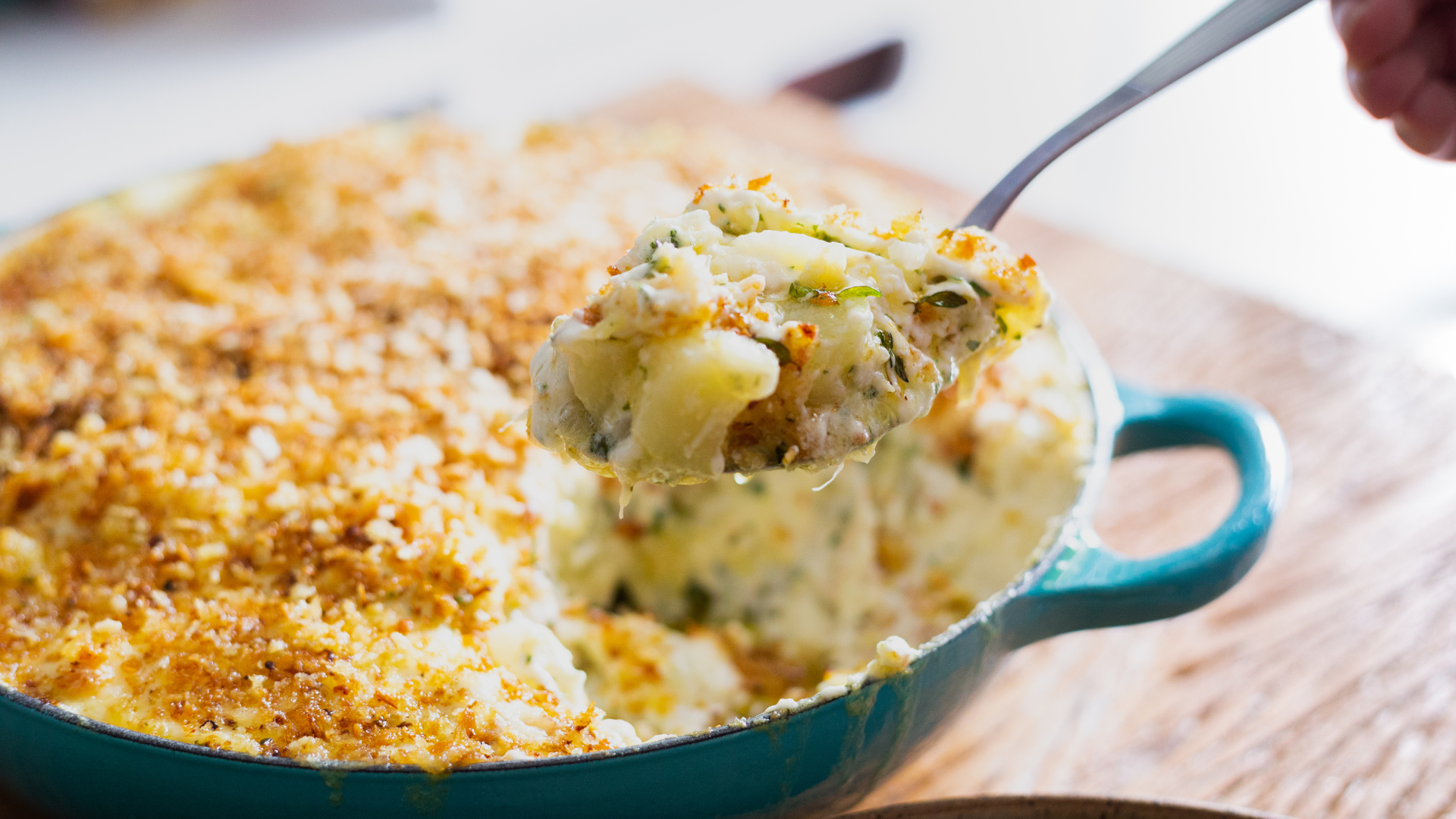
Salt Cod-Fish
Soak the cod for 24 hours in cold water, changing the water several times. Each time you change the water, add a wine glass of vinegar to enhance the flavor. Boil the cod until fully cooked, then cut the flesh into small strips. Mix it with parsley, butter, vinegar, Cayenne pepper, nutmeg, mace, boiled onions, mashed potatoes, and the yolks of two or three beaten eggs.
Place the mixture into a deep dish, shaping it into a thick round cake. Brush the surface with sweet oil using a bunch of feathers or a small brush, and sprinkle grated bread crumbs over it. Bake it in the oven until golden brown. Serve the dish with triangular slices of toast, dipped in melted butter, arranged around it.
This recipe can also be made with halibut or fresh cod, adding salt to the water while boiling and seasoning.

Brandade de Morue (Salted Cod Purée)
Brandade de Morue is a dish made from salted cod (morue) that is typically mixed with olive oil, garlic, and milk or cream to create a smooth, creamy purée. This dish originates from the Languedoc and Provence regions, where salt cod was historically a staple due to its preservation qualities. Brandade can be served as a spread on toast or as a filling for vegetables, and its rich, savory flavor has made it a beloved part of French Mediterranean cuisine.

Loup de Mer Grillé (Grilled Sea Bass)
Loup de Mer, or sea bass, is a prized fish in Mediterranean French cuisine. Loup de Mer Grillé refers to simply grilled sea bass, often seasoned with herbs like thyme or rosemary, olive oil, and lemon. The dish is popular in coastal regions like Provence and the Côte d’Azur, where fresh sea bass is abundant. It’s typically served with vegetables like ratatouille or a side of Provençal-style potatoes. The simplicity of the preparation allows the freshness of the fish to stand out.
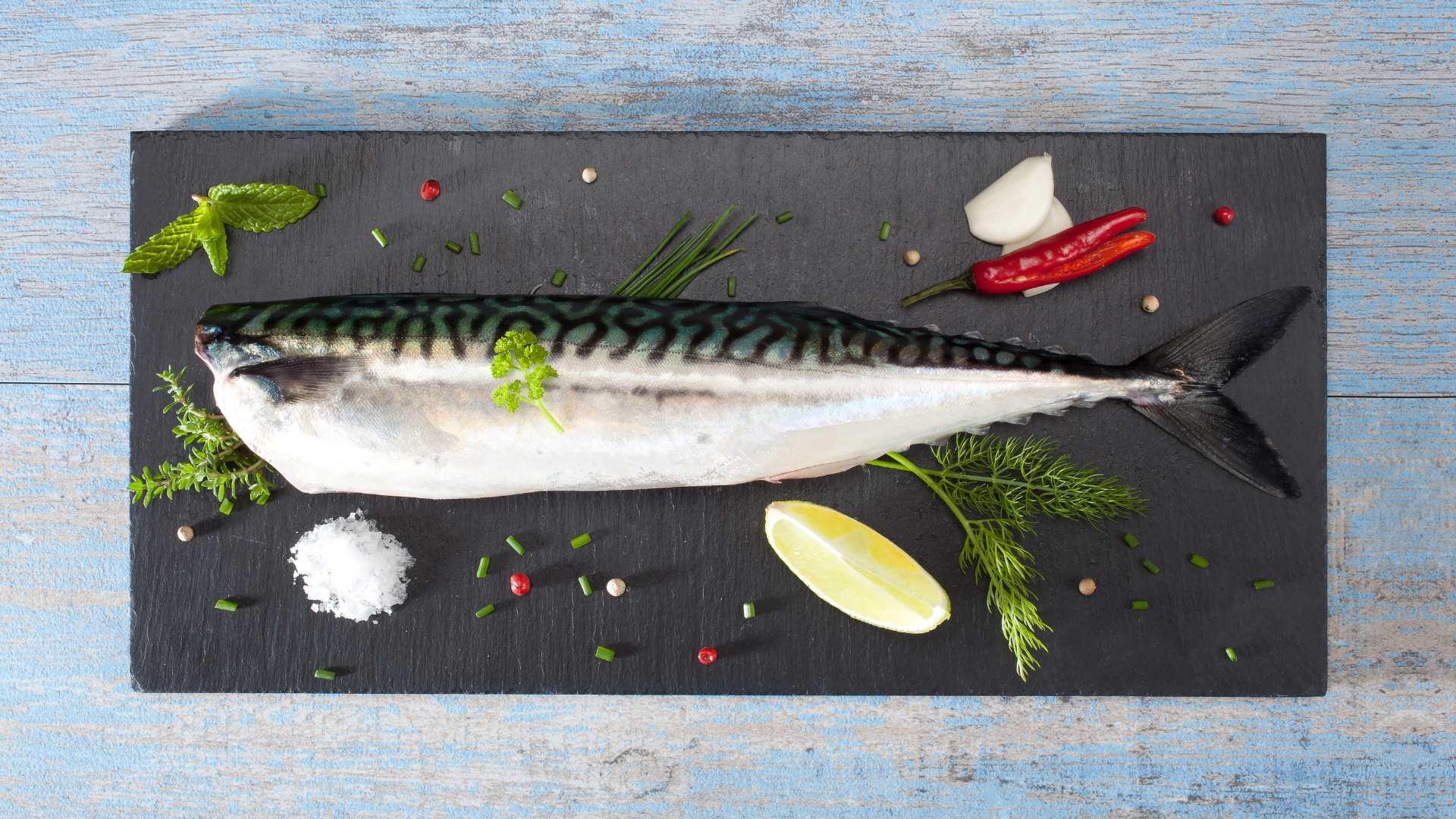
Broiled Mackerel
Split your mackerel down the back; season it with pepper and salt; cover it all over with oil or butter, and let it lay for half an hour or more; then broil it, pouring on it whatever seasoning may be left in the dish.
Serve it up, with sauce in a boat. Let the sauce be melted butter, with parsley, and a little lemon juice, or vinegar.
Or you may broil the mackerel whole, having first seasoned it as above, and wrapped it in oiled paper.
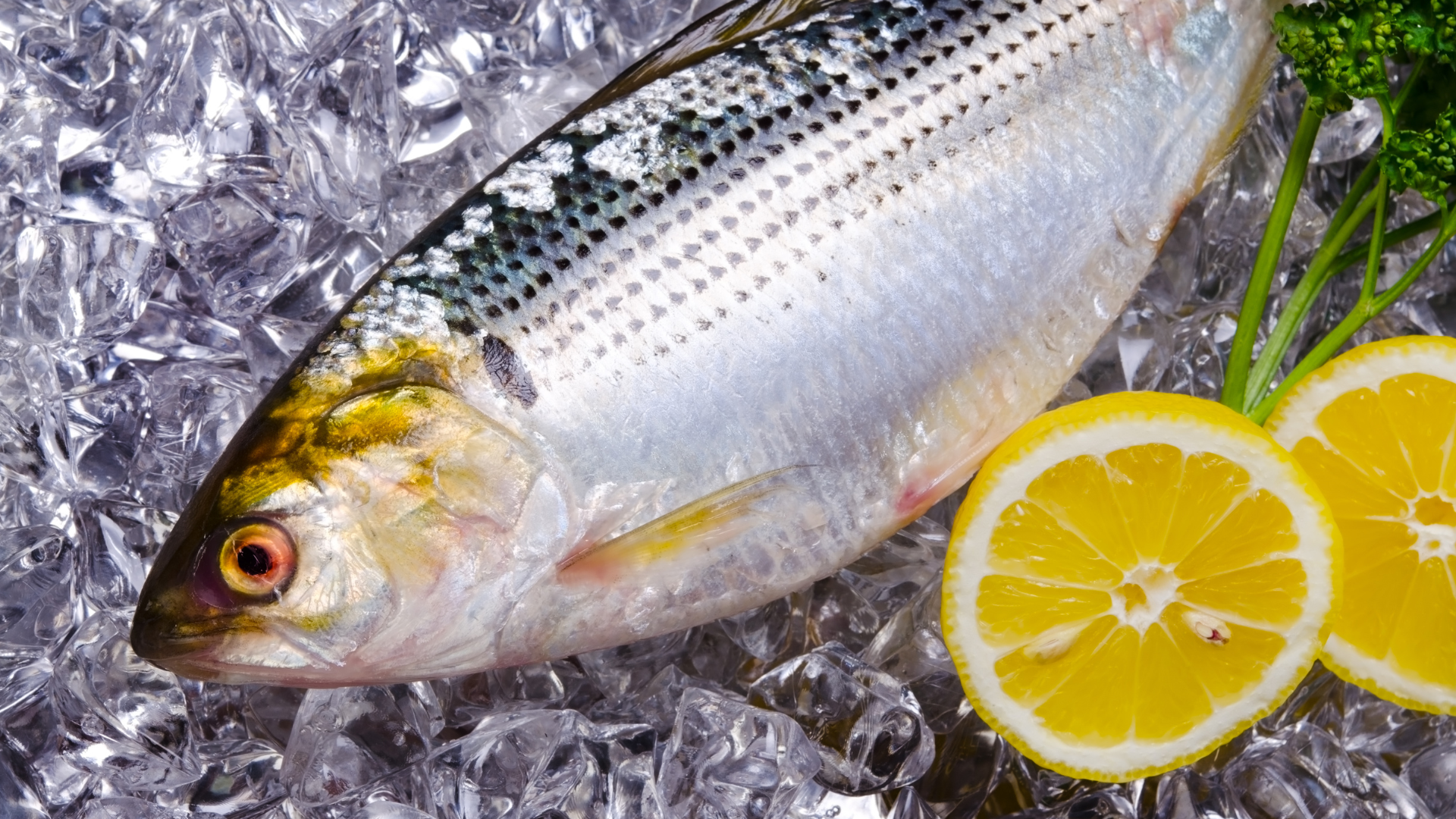
Broiled Fresh Shad
After splitting the shad in half, coat it thoroughly with a seasoning made from oil, pepper, salt, chopped onions, parsley, and a laurel leaf. Let the fish marinate in the seasoning for one to two hours. Broil the shad with the seasoning still on, adding a piece of butter during cooking.
Alternatively, you can cook the shad whole. Prepare a stuffing with the same seasoning ingredients, plus some grated bread. Stuff the shad with this mixture, and bake it, pouring a glass of white wine over the fish before placing it in the oven.
This method can be used to bake any large fresh fish.

Sole Meunière (Sole in Brown Butter Sauce)
Sole Meunière is a classic French fish dish that showcases the delicacy of sole, a flatfish that is particularly popular in northern France. The fish is lightly dredged in flour and pan-fried in butter until golden, then served with a simple but flavorful brown butter, lemon, and parsley sauce. The dish is elegant in its simplicity, allowing the mild flavor of the sole to shine. It is often associated with Normandy, a region known for its butter, and is a favorite in French fine dining.

Lobster Pie
After boiling the lobster, remove the meat from the shell and season it with salt, mustard, Cayenne pepper, and vinegar. Pound the mixture thoroughly in a mortar.
Next, stir in a quarter of a pound of butter, the yolks of two beaten eggs, and two ounces or more of grated bread crumbs. Prepare some puff pastry, place the lobster mixture inside, and cover it with a decorative pastry lid, ornamented with leaves or flowers made from the same dough. Bake the pie slowly until done.
Oyster Loaves
Prepare some small loaves or bread rolls. Cut a round piece from the top of each and hollow out the soft crumb from the inside.
Take the oyster liquor and mix it with the bread crumbs, a little chopped celery, and a large piece of butter. Bring the mixture to a boil, then pour it over the oysters, which will cook them just enough.
Fill the hollowed loaves with the oyster mixture, adding a teaspoonful of cream or cheese and some asparagus to each. Place again the piece of crust that was cut from the top of each bread or roll and put them in the oven for a few minutes. (or you can replace the top with an egg)

Boulet de Picoulat (Fish Balls from Languedoc-Roussillon)
This dish from the Languedoc-Roussillon region consists of fish balls made from finely minced white fish such as cod or hake, mixed with herbs and garlic, then simmered in a tomato and olive sauce. Boulet de Picoulat is a rustic, traditional dish, often served with rice or crusty bread. It reflects the Catalan influence in the region’s cuisine, with the use of olives and tomatoes being a common theme.
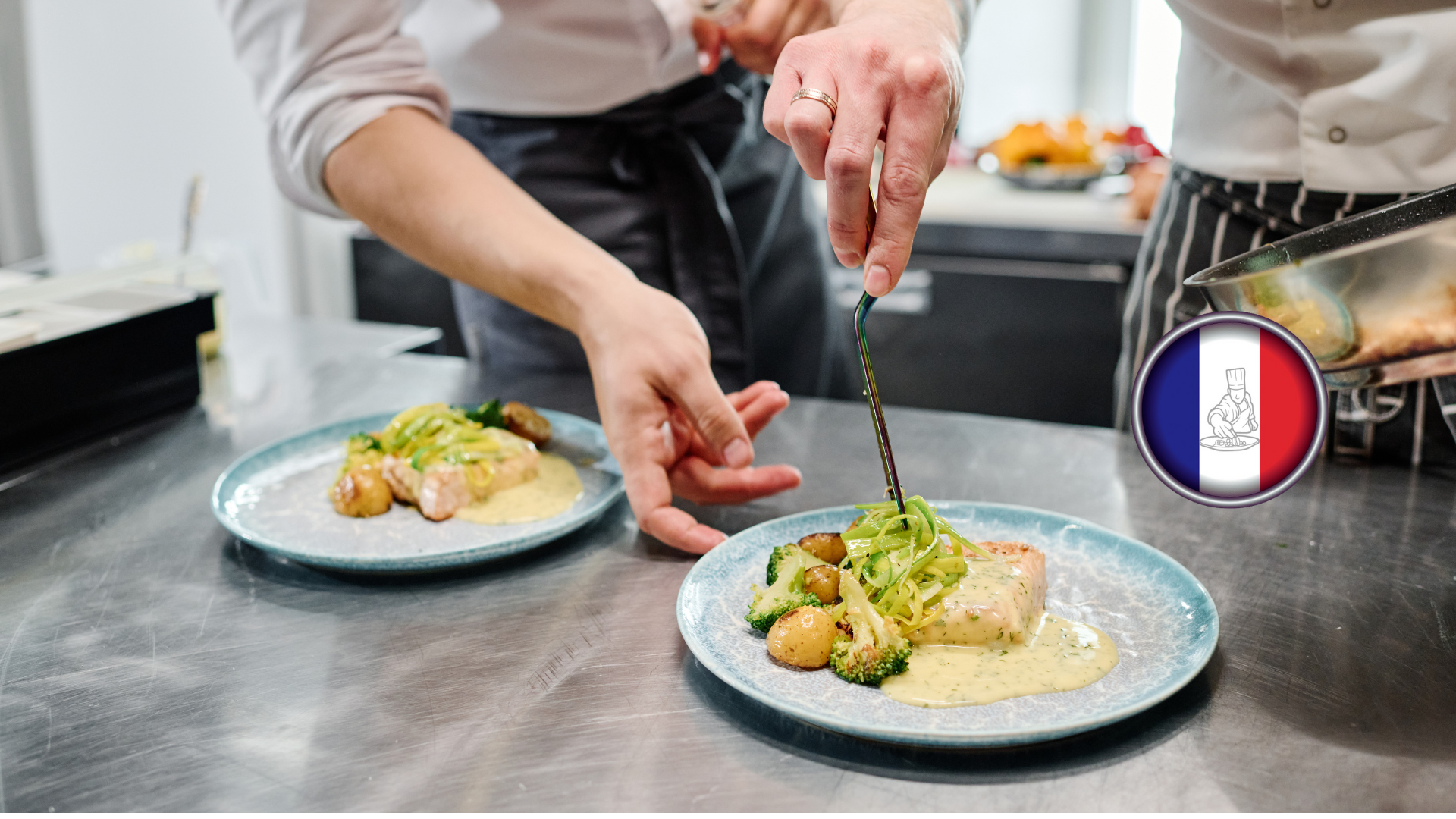
Historical and Cultural Significance
The French tradition of cooking fish dates back centuries, with fishing communities along the coasts of Normandy, Brittany, the Mediterranean, and Atlantic playing an essential role in local economies and cuisines. Fish has always been a dietary staple, especially in the past during religious periods like Lent, when meat consumption was restricted. As the Catholic Church mandated "meatless" days, fish became a natural substitute, leading to an expansion in fish-based recipes.
France's access to both the Atlantic Ocean, the Mediterranean Sea, and numerous rivers like the Loire and the Rhône has led to an abundance of both freshwater and saltwater fish varieties in French cuisine. Regional specialties often reflect what is locally caught, and the diversity of fish species available in France means that preparation methods vary widely.
Coastal Regions and Fish Traditions
Normandy and Brittany: These northern coastal regions are known for their seafood, particularly oysters, mussels, and flatfish like sole and turbot. Dishes like Sole Meunière and Turbot au Champagne highlight the region’s rich fish stocks and the use of butter and cream in cooking.
Provence and Côte d’Azur: The Mediterranean coast is known for its light, olive oil-based dishes featuring Mediterranean fish. Bouillabaisse, Loup de Mer Grillé, and Aïoli reflect the region’s emphasis on fresh, healthy ingredients and aromatic herbs.
Loire Valley and Central France: The rivers of central France provide freshwater fish like pike and perch, which are used in dishes like Matelote. The Loire Valley is also famous for pairing fish with local white wines in sauces.
Fish and French Haute Cuisine
French haute cuisine has elevated fish dishes to a sophisticated level. Chefs focus on delicate cooking techniques, such as poaching or pan-frying, and the use of fine ingredients like truffles, caviar, and Champagne in sauces. Dishes like Saumon à l’Oseille and Turbot au Champagne exemplify the refinement of French fish cookery, where precision and elegance are key.
Fish in French culture represents both regional diversity and a balance between rustic, hearty dishes and refined, elegant preparations. From the coastal simplicity of grilled fish to the rich stews and creamy sauces of the inland regions, fish is an integral and celebrated part of French culinary tradition.
Fish holds an esteemed place in French cuisine, celebrated for its versatility, subtlety, and capacity to carry the complex flavors of France’s regional and classic sauces. Whether in a humble Provençal fish stew or an elegant poached salmon dish in Paris, French fish cookery is about respecting the natural qualities of the seafood while enhancing it through expert techniques and seasonings. Each region of France brings its own character to fish preparation, from the buttery richness of Normandy to the sun-soaked simplicity of the Mediterranean. The result is a diverse, culturally rich culinary tradition that continues to inspire chefs and food lovers alike.







